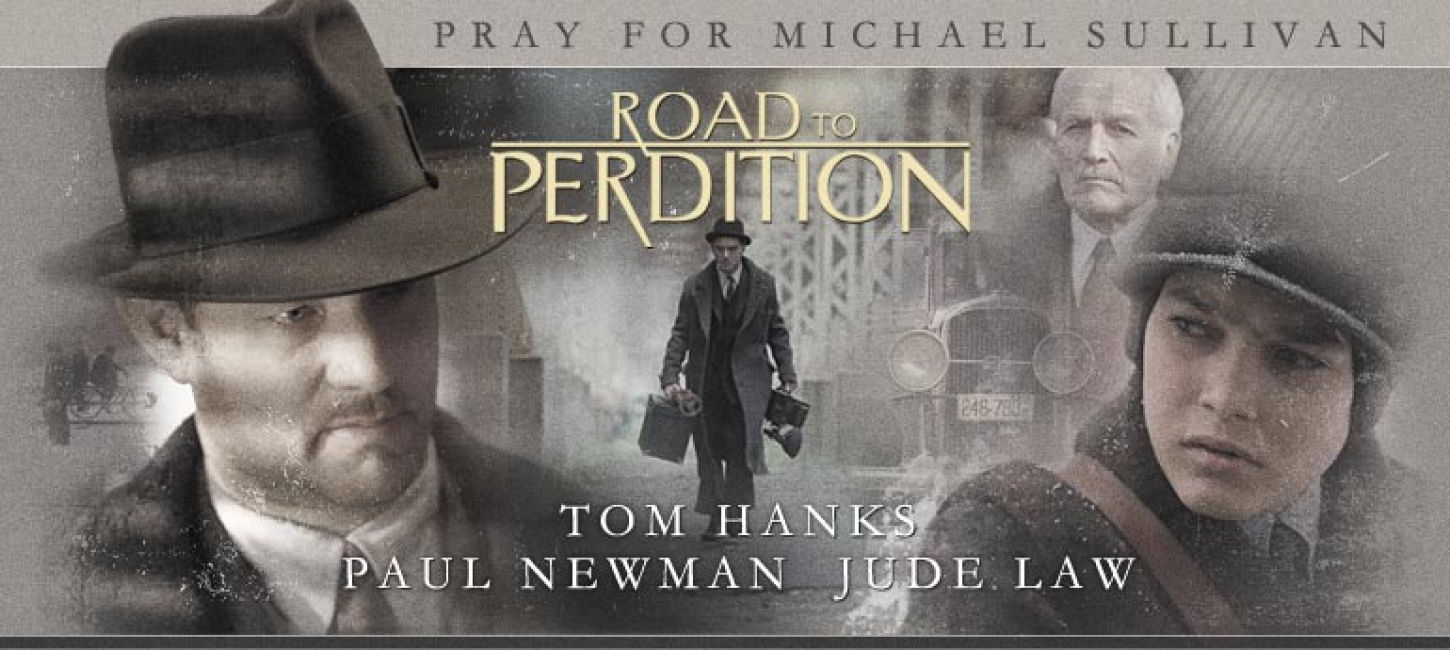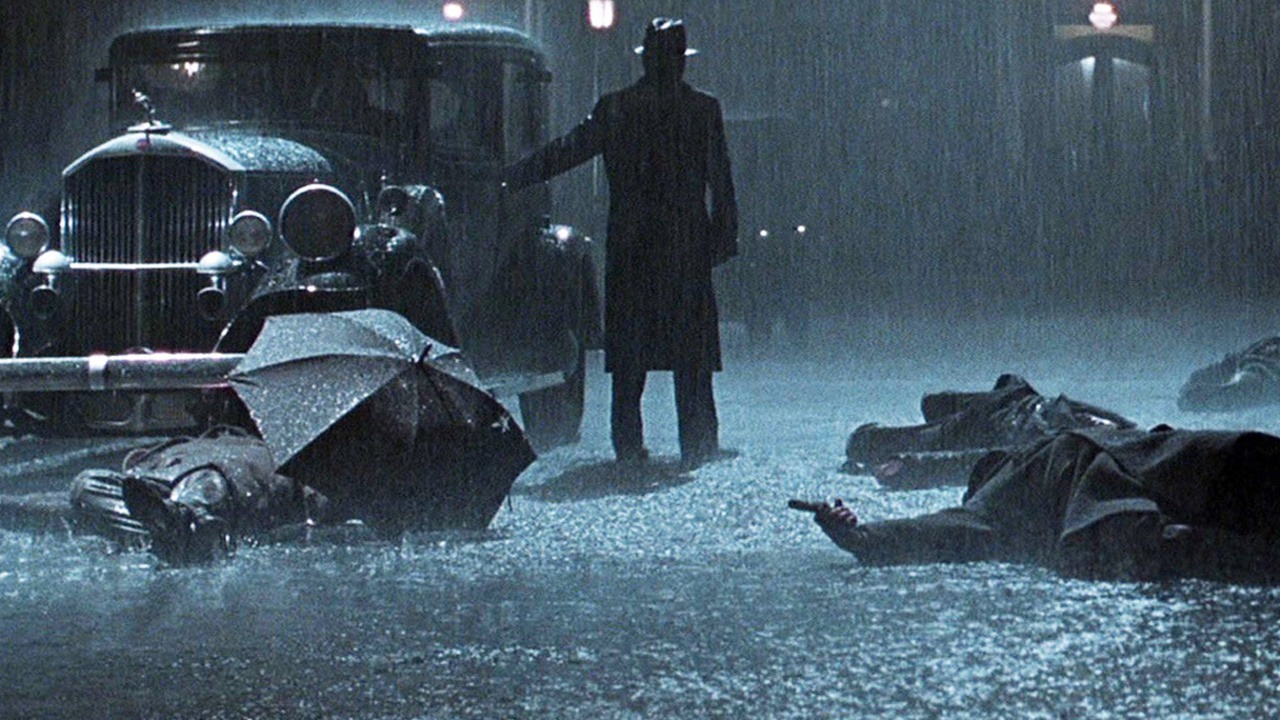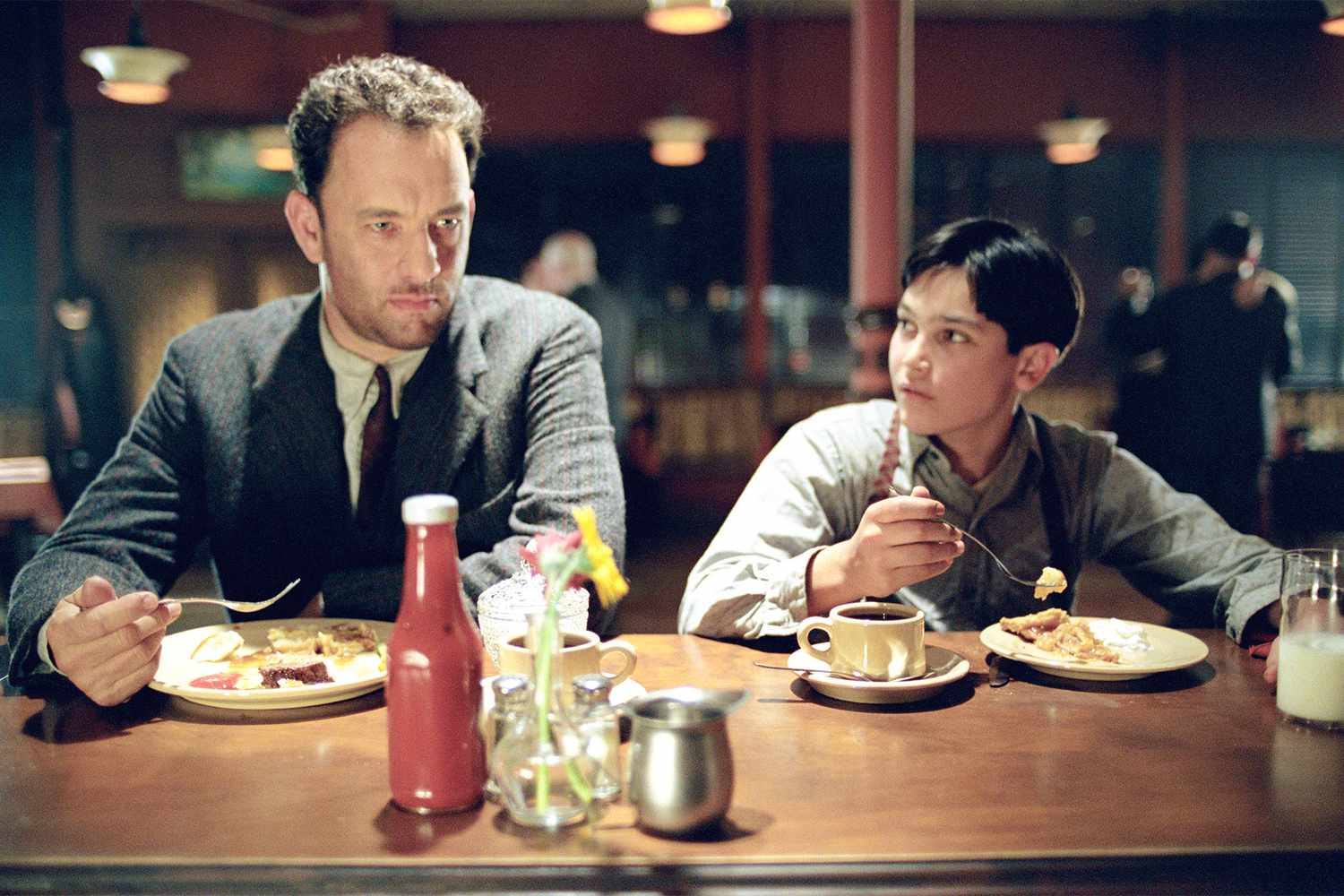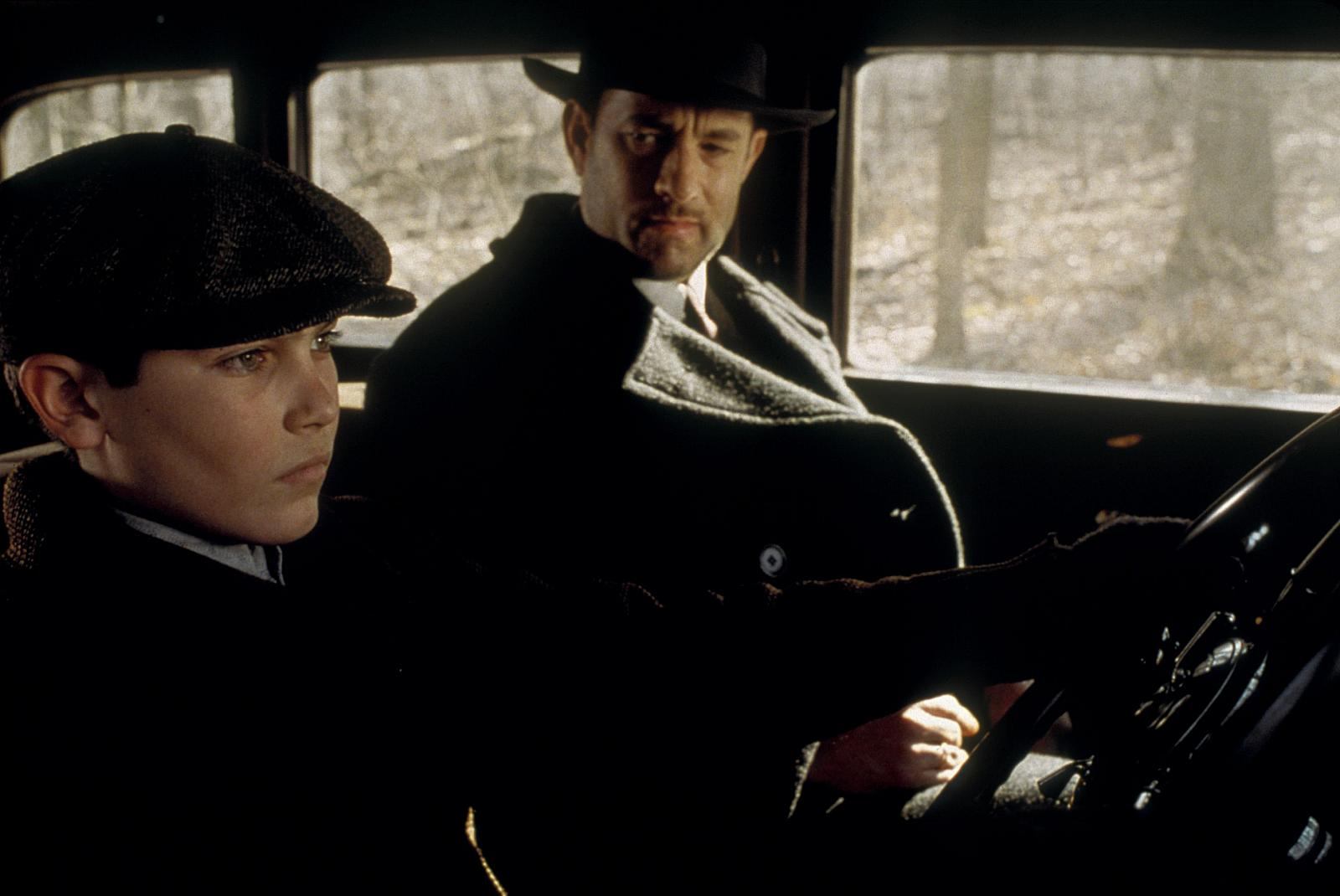Road to Perdition (2002)

“Road to Perdition” (2002) is an American crime drama directed by Sam Mendes, with a screenplay by David Self. Based on the first graphic novel in the Road to Perdition series by Max Allan Collins and Richard Piers Rayner, the film blends elements of family drama and crime thriller to tell a compelling story of loyalty, betrayal, and redemption. The film stars Tom Hanks, Paul Newman, Jude Law, and Daniel Craig, each delivering strong performances that elevate the emotional depth of the narrative.
Set during the Great Depression, the story follows Michael Sullivan Sr. (Tom Hanks), a hitman working for a powerful mob boss, John Rooney (Paul Newman). Sullivan is a loyal and honorable man within the violent world of organized crime. He strives to protect his family, particularly his son, Michael Jr. (Tyler Hoechlin), who unknowingly becomes entangled in the dangerous world his father inhabits. The tension between Sullivan’s criminal life and his desire to shield his son from its consequences is a central theme of the film.
The film’s central conflict arises when Michael Sullivan’s life is shattered by betrayal. His mentor and father figure, John Rooney, is forced to deal with the repercussions of his son Connor’s (Daniel Craig) reckless actions, which ultimately lead to the deaths of Sullivan’s wife and youngest son. This tragic event sets Sullivan and his son on a path of revenge and survival, as they seek justice for the family members they’ve lost. The journey they embark on is not only about vengeance but also about coming to terms with the moral complexities of their world.
“Road to Perdition” explores the themes of fatherhood and redemption. Sullivan’s relationship with his son, Michael Jr., is at the heart of the film. As they travel together, Michael Jr. learns about the harsh realities of life and the moral compromises his father has made. Sullivan, while teaching his son how to survive, also struggles with his own guilt and the need for atonement. The film portrays their relationship as one of growth and understanding, with the father striving to protect his son from the very world he himself is a part of.

The character of Connor Rooney, played by Daniel Craig, represents the chaos and corruption that exists within the world of organized crime. His reckless behavior and eventual betrayal of Michael Sullivan fuel the narrative’s central conflict. Meanwhile, Jude Law’s portrayal of a hitman named Maguire adds an element of danger and unpredictability. Maguire is a cold and calculating figure who, like Sullivan, is bound by his profession but lacks the same moral compass, adding a layer of complexity to the film’s exploration of good versus evil.

Visually, the film is striking, with Sam Mendes and cinematographer Conrad L. Hall using muted colors and shadows to evoke the bleak atmosphere of the Depression-era setting. The cinematography captures the emotional weight of the story, focusing on the characters’ expressions and the haunting landscapes they navigate. The film’s somber tone and beautifully composed scenes enhance the sense of inevitability and tragedy that pervades the narrative.

“Road to Perdition” is a gripping exploration of loyalty, revenge, and redemption. With powerful performances, especially from Tom Hanks and Paul Newman, the film offers a poignant examination of the costs of living a violent life and the possibility of atonement. Its exploration of father-son relationships adds emotional depth to the story, making it not only a crime drama but also a deeply moving film about family and the choices we make. Through its exceptional direction, stunning visuals, and thought-provoking themes, Road to Perdition remains a memorable and impactful piece of cinema.











